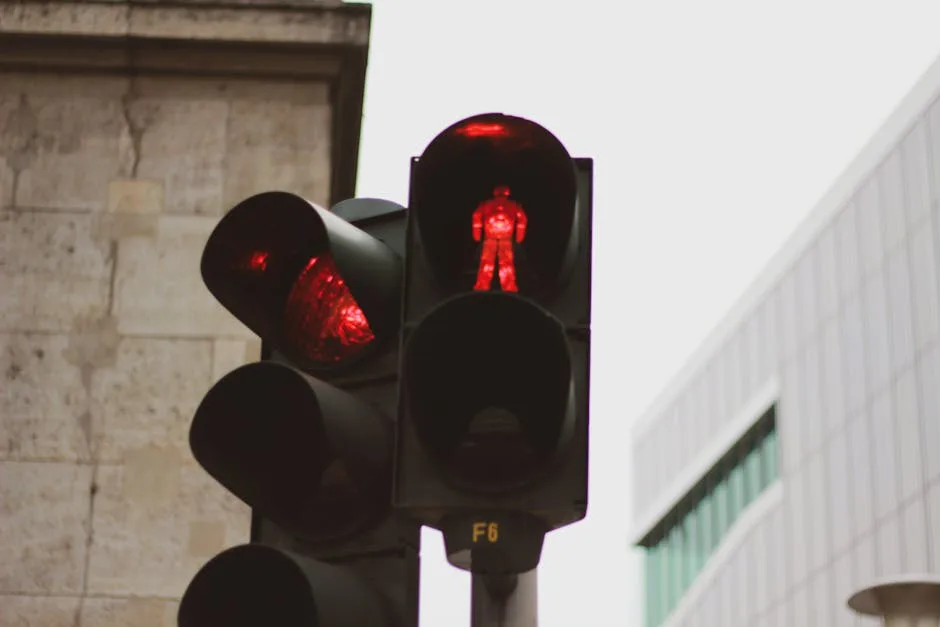
Kaltenkirchen has taken decisive action to address speeding in residential areas and near schools by installing six permanent speed-measuring signs. The initiative, costing €8,200, aims to improve road safety for children and pedestrians by encouraging drivers to reduce their speed. The city has strategically placed these signs near key educational institutions, including Grundschule Flottkamp Am Hohenmoor and the Dietrich-Bonhoeffer-Schule, among others1.
The new speed display signs use a psychological approach to influence driver behavior. When a vehicle adheres to the speed limit, the sign displays a green smiley; if the driver exceeds the limit, a red symbol appears. Mayor Stefan Bohlen (CDU) cited studies confirming the effectiveness of such visual feedback in reducing speeds without the need for fines1. This method aligns with broader traffic safety trends observed in other German cities, such as Hamburg’s 2018 noise action plan, which advocated for 30 km/h zones near schools and senior homes2.
Locations and Implementation
The six permanent speed-measuring signs have been installed at high-traffic areas near schools, including Gemeinschaftsschule am Marschweg and Grundschule am Lakweg. Two mobile units are also in rotation, with one stationed weekly at the Leibnizschule. The selection of these locations was based on side-radar surveys that identified recurring speeding incidents in residential and school zones1.
In addition to the static signs, the city has deployed mobile units to ensure broader coverage. This dual approach allows Kaltenkirchen to monitor and influence driver behavior across multiple high-risk areas. The initiative reflects a growing emphasis on proactive traffic management, particularly in regions with vulnerable road users like children and the elderly.
Broader Context and Regional Trends
Kaltenkirchen’s measures are part of a larger trend in Schleswig-Holstein, where similar initiatives have been implemented to enhance road safety. For instance, Lübeck recently introduced comparable speed control measures, as reported by LN-Online3. These efforts highlight a regional commitment to reducing traffic-related risks through awareness and enforcement.
National precedents, such as Hamburg’s 2018 noise action plan, have also influenced local policies. The plan emphasized the importance of low-speed zones near schools and senior homes, a principle now being adopted by municipalities like Kaltenkirchen2. This alignment with broader safety strategies underscores the city’s proactive stance on traffic management.
Future Implications and Recommendations
The success of Kaltenkirchen’s initiative could serve as a model for other cities grappling with speeding issues near schools. By combining permanent and mobile speed-measuring signs, the city has created a scalable solution that balances cost and effectiveness. Future expansions could include additional mobile units or integration with digital traffic management systems for real-time monitoring.
For other municipalities considering similar measures, the key takeaways include the importance of data-driven location selection and the psychological impact of visual feedback. These elements, combined with regional collaboration, can significantly enhance road safety outcomes.
References
- “Kaltenkirchen: Das unternimmt die Stadt gegen Temposünder vor Schulen,” KN-Online, Apr. 23, 2025.
- “Kommentare zur Umfrage 2018,” Universität Hamburg, 2018.
- “Lübeck’s Traffic Safety Measures,” LN-Online, Apr. 23, 2025.




